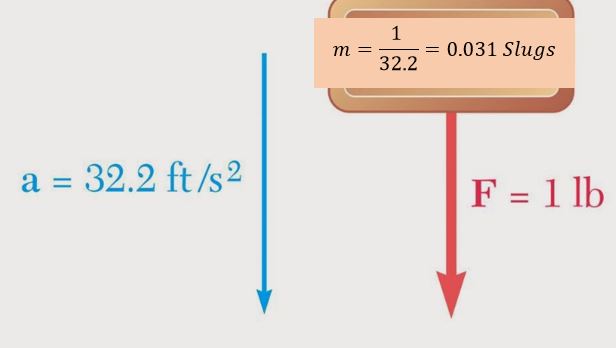1.1 Mechanics Explains and predicts physical phenomenon through the study of rigid, deformable, or fluid objects under the action of forces.
~~~~~~~~~~~~~~~~~~~~~~~~~~~~~~~~~~~~~~~~
 The mechanics of rigid bodies is subdivided
The mechanics of rigid bodies is subdivided Statics is like sumo wrestling
The name of the game is to design something that can hold it's ground no matter what forces are applied to it.
Designing structures to withstand floods, wind, rain, earthquakes, asteroids, car crashes etc.
Dynamics:

If it's supposed to move, then it's a dynamics problem.
~~~~~~~~~~~~~~~~~~~~~~~~~~~~~~~~~~~~~
Mechanics of Materials,
No material is perfectly rigid...
How much will it deform? When will it break?
~~~~~~~~~~~~~~~~~~~~~~~~~~~~~~~~~~~~
Incompressible fluids
- liquids: hydraulics, pneumatics, etc.
- gas
~~~~~~~~~~~~~~~~~~~~~~~~~~~~~~~~~~~~~~~
In summary...


What Can You Do with Statics Knowledge?

Calculate the force in each member of this structure (a truss) in order to design it to withstand the many different loads that it will experience.

Determine the forces that this prosthetic arm will need to withstand to make exercise possible for the wearer.

Design the joints and support of the Shuttle Remote Manipulator System (SRMS) so that it can be used to pick up and support various payloads.
1.2 Fundamental Concepts and Principles
Aristotle (384-322)
Father of logic and deductive reasoning.
"In all things of nature there is something of the marvelous."
Archimedes (287-212)
greatest mathematician of antiquity
"Eureka! - I have found it!"
Center of mass, buoyancy
Newton (1642-1727)"
For every action, there is an equal (in size) and opposite (in direction) reaction force.




Example:
What is the gravitational acceleration on Mars?












a.jpg)



























No comments:
Post a Comment